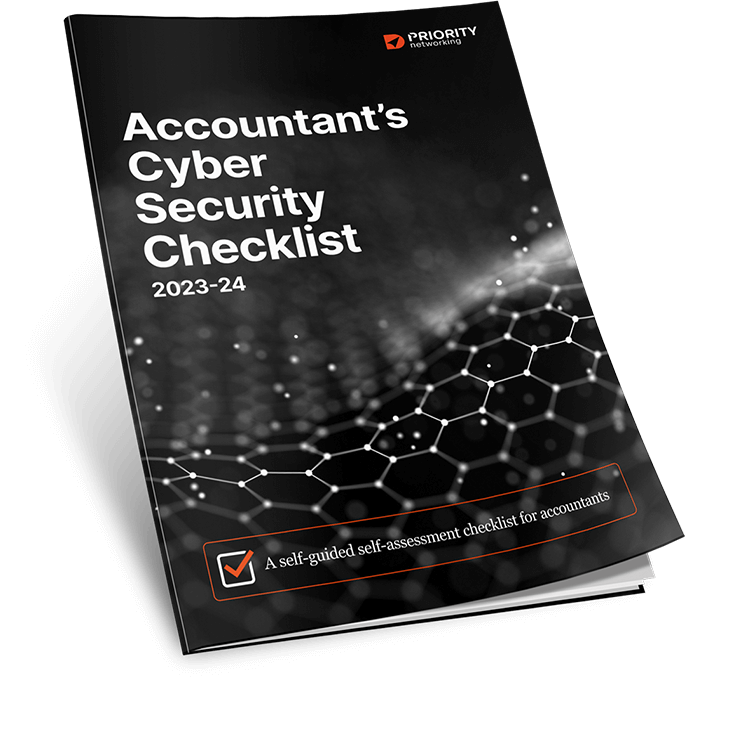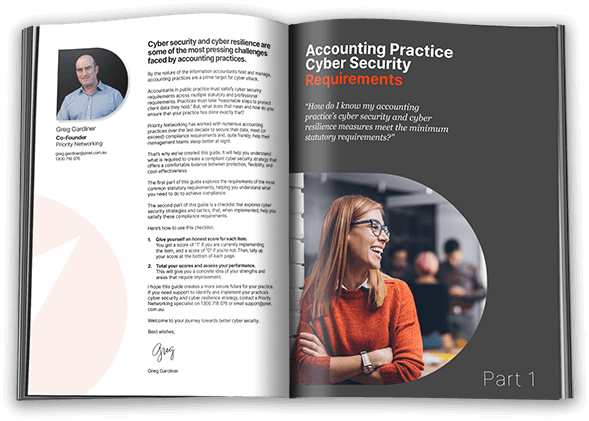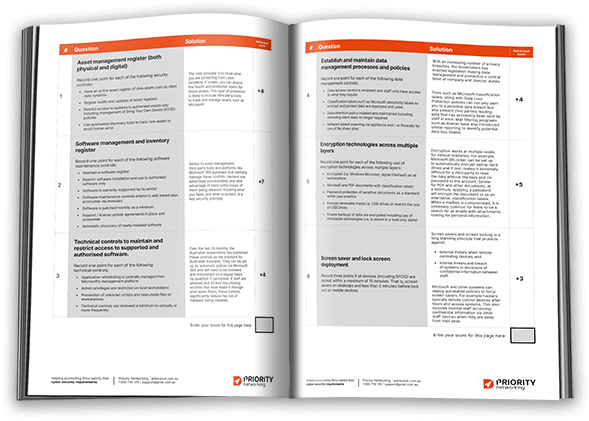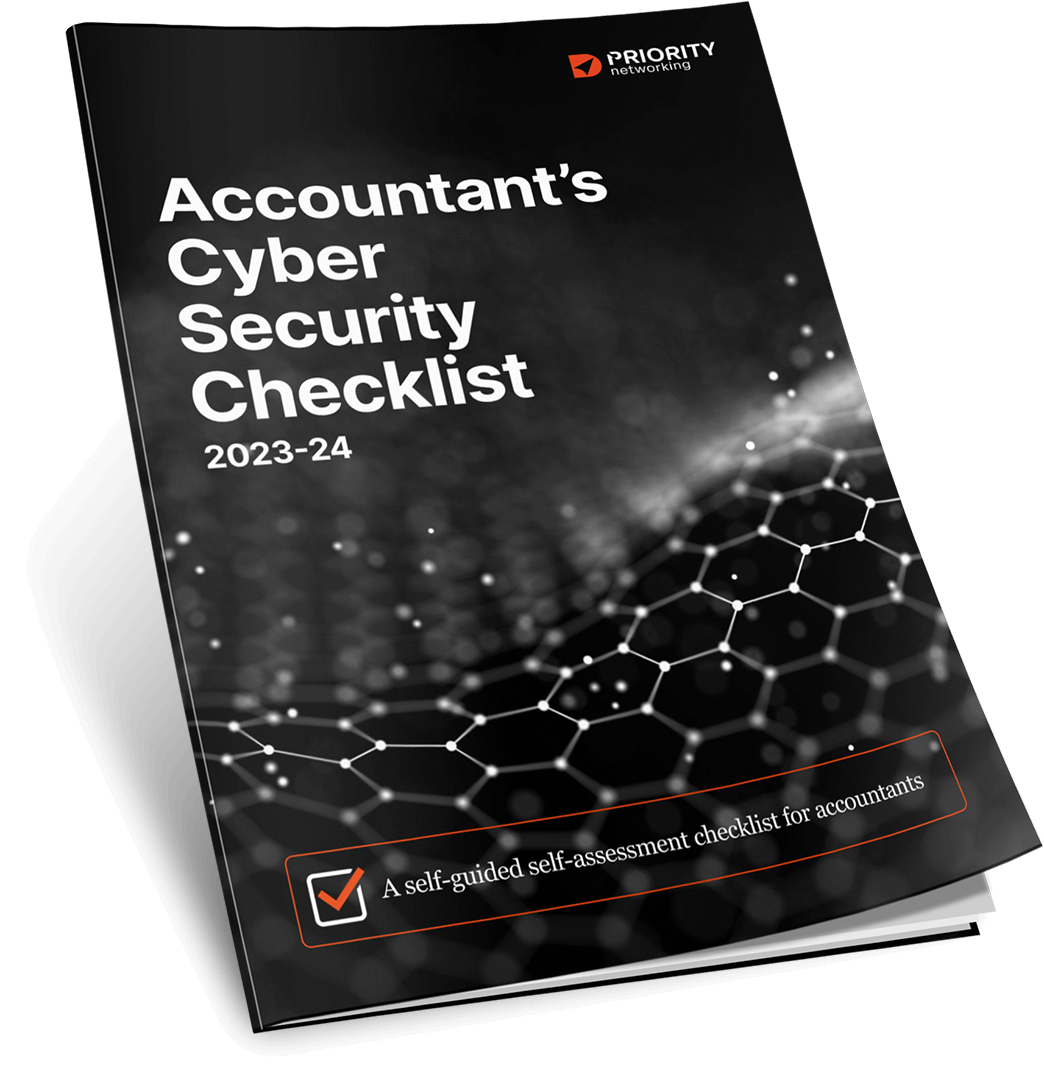Use this checklist to understand your statutory obligations and improve your practice’s cyber security

Cyber security isn’t just “good IT practices”. To be adequately protected from the smartest hackers and modern cyber threats, accounting practices must improve security controls, software maintenance controls, technical controls, data management controls, and many others. This checklist shows you how.
“This cyber checklist helped me worry less, sleep more, and allowed me to get back to growing my accounting business”
As a leader in the accounting industry, you understand the critical importance of safeguarding financial data. You realise that the ever-evolving landscape of cyber threats leaves no room for complacency.
Are you “hand-on-heart” confident that your practice is equipped to combat modern and sophisticated attacks by ever-evolving adversaries? And are you certain that you meet the most common cyber security statutory requirements for accounting practices? Don’t let hidden vulnerabilities compromise your clients’ trust and your reputation.
In this cyber security checklist created specifically for accountants, you will discover:
- The cyber security requirements of the Privacy Act that you MUST adhere to, even if your annual turnover is less than $3M.
- The four sources of obligations that you must meet if you are a Tax Agent, and how this relates to your cyber security.
- The additional layer of obligations you must meet if you have an Australian financial services licence (AFSL), or operate as a representative.
- The seven core components of an accounting practice’s software management and inventory register (and what could happen if you don’t have one).
- Four technical controls that lock down access to your critical accounting software, to keep hackers (and their automated tools) on the outside.
- Five encryption technologies that all accountants must be using.
- The time limit that you MUST implement for all devices to lock themselves automatically, to prevent hackers from getting in when you walk away from your desk.
- Three steps towards rock-solid password management.
- What happens if you don’t manage your accounting software vulnerabilities (and four steps to ensure you do).
- And much more.
You will discover how to secure your technology, people, and physical environment. And you will be given strategies based upon rigorous and widely accepted government frameworks such as the “Essential 8” and the ISO27K family.
The checklist will be sent to your email address.






